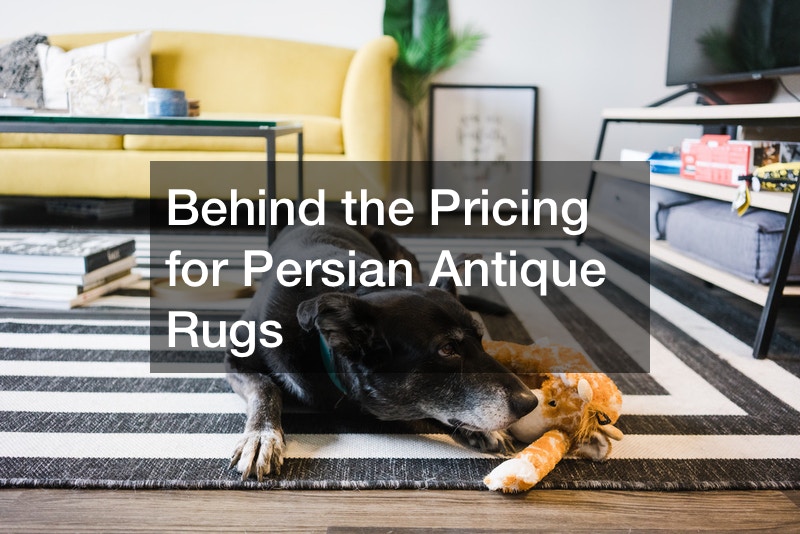

A single Persian rug, handwoven using the best materials such as wool and silk, might take years, if not decades, to make. Tens of thousands of dollars can be spent on a high-quality Iranian carpet, with antique rug fetching considerably more. Iran’s history and culture are represented by every Persian rug, which is recognized as a work of art.
Persian carpets come in a variety of styles, each with its own set of materials, patterns, and weaving techniques. From Isfahan’s floral pattern to Qom’s meticulous fine detail and the sturdy, compact Bidjar rugs from a Western Kurdish town. The most traditional carpets are Gabbeh rugs, which are created in the southern Iranian region are known for their bold designs.
A bed of foundation material called Warp is inserted into the frame called the Loom, however, the procedure of weaving a Persian rug varies slightly according to the type. Weavers feed wool in between the warps, tying weft knots in each one, starting at the bottom. A highly detailed antique rug can have over 1000 knots per square inch. However, most antique rugs are not valued based on knot count but rather, their materials, design, and overall size.
.




